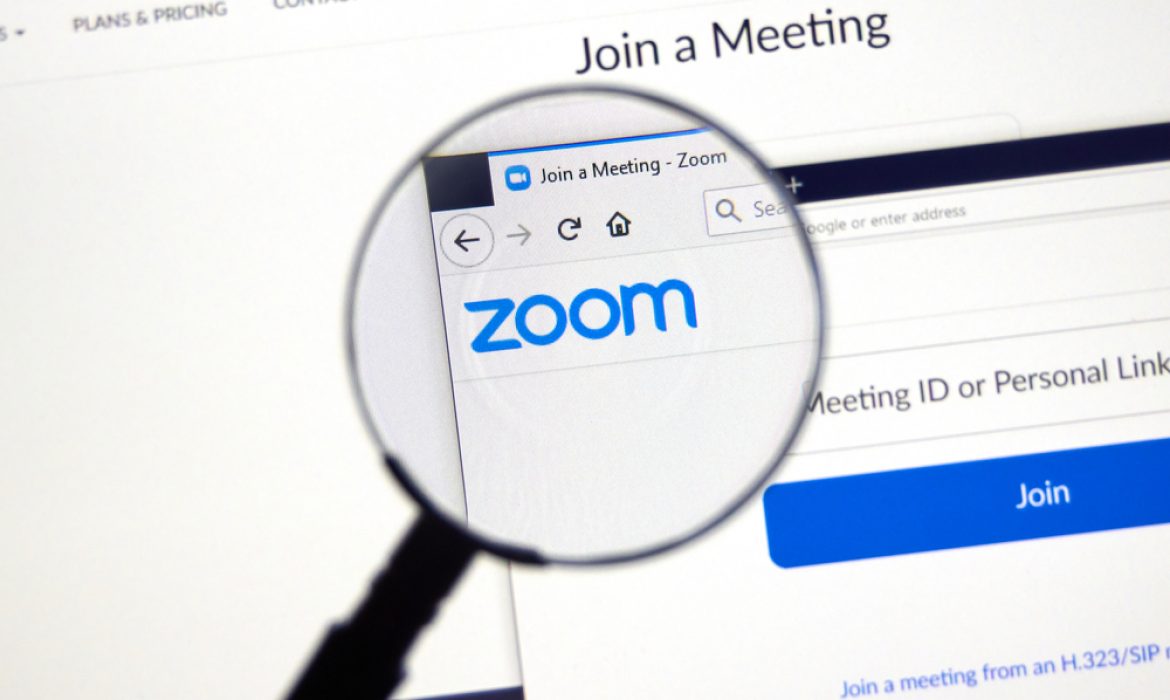In the world of tech, user data is a valuable asset, and the ways companies utilize it often raise eyebrows. The latest player under the spotlight is Zoom, the popular video conferencing platform that’s become an essential tool in the age of remote work. Amid its sea of terms and conditions, a clause has emerged that’s raising questions about user consent and artificial intelligence (AI) training.
Zoom’s terms, typically skimmed over during the rush to start a meeting, contain a passage that might catch you off guard. “You agree to access, use, collect, create, modify, distribute, process, share, maintain and store the data generated by the service for any purpose, within the limits and in the manner permitted by applicable law, in particular for the purpose of… artificial intelligence training (including for training and customization of algorithms and models),” it reads.
While the company insists that AI training uses only “service-generated data,” experts point out that this could still cover a wide range of user activities and interactions. Further down the document, there’s a reassuring note that Zoom “does not use audio, video, or chat content to train AI models without customer consent.” Yet, the consent seems to be granted through the act of using the platform itself.
This revelation comes at a time when AI’s insatiable appetite for data has ignited discussions about privacy and control. AI-driven systems like ChatGPT and Google’s Bard have come under fire for potentially reproducing copyrighted content. With authors and artists crying foul, the fine line between machine learning and copyright infringement has blurred.
In June, Zoom unveiled two AI features, allowing users to generate meeting summaries and chat messages. But here’s the catch: enabling these features implies consent to train AI models using individual user content. A seemingly harmless button labeled “Got it!” raises concerns as it’s pre-selected, while the alternative, “Leave Meeting,” is subtly downplayed.
Beyond reputational risks, Zoom could face legal turbulence in the European Union. The General Data Protection Regulation (GDPR) and the Electronic Privacy Directive (ePrivacy) grant users explicit rights over their data usage. The Directive’s Article 5 specifically forbids data interception or surveillance without user consent – a point Zoom’s fine print seems to tiptoe around.
As this debate unfolds, it’s clear that user awareness and informed consent are paramount. Zoom’s “tricky” language might trigger a broader discussion about data ethics, AI training, and the balance between innovation and individual rights. The next time you click “Join Meeting,” remember that what you say and do could shape AI models, all while navigating the labyrinth of legalese hidden in plain sight.
